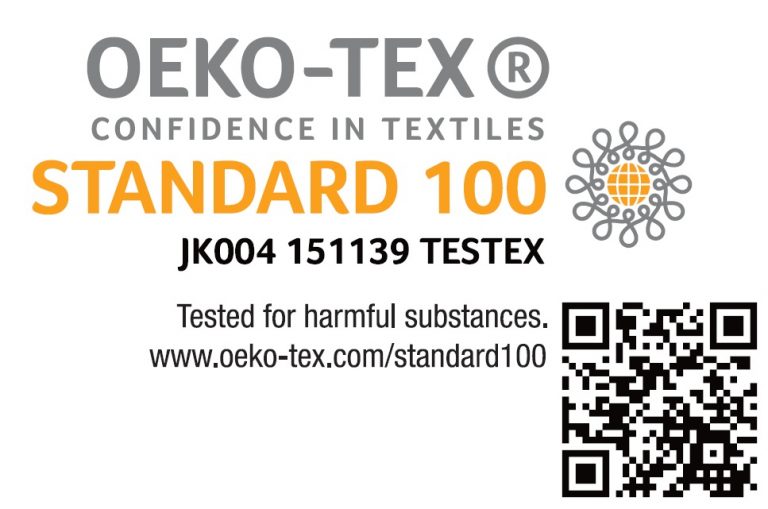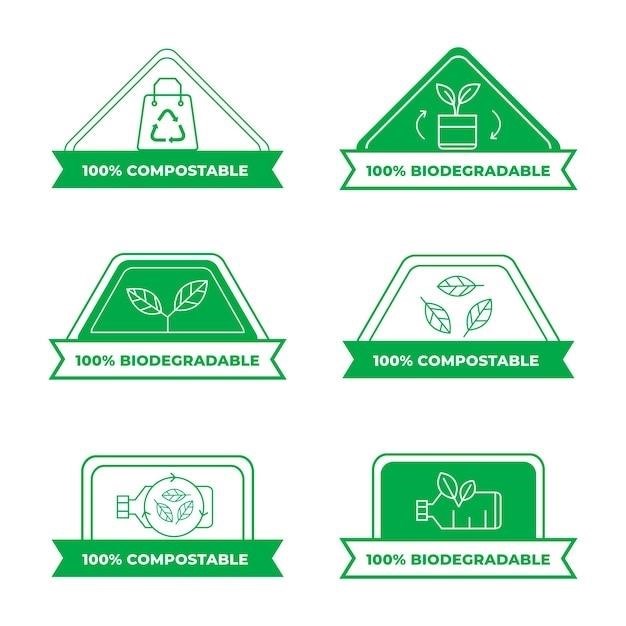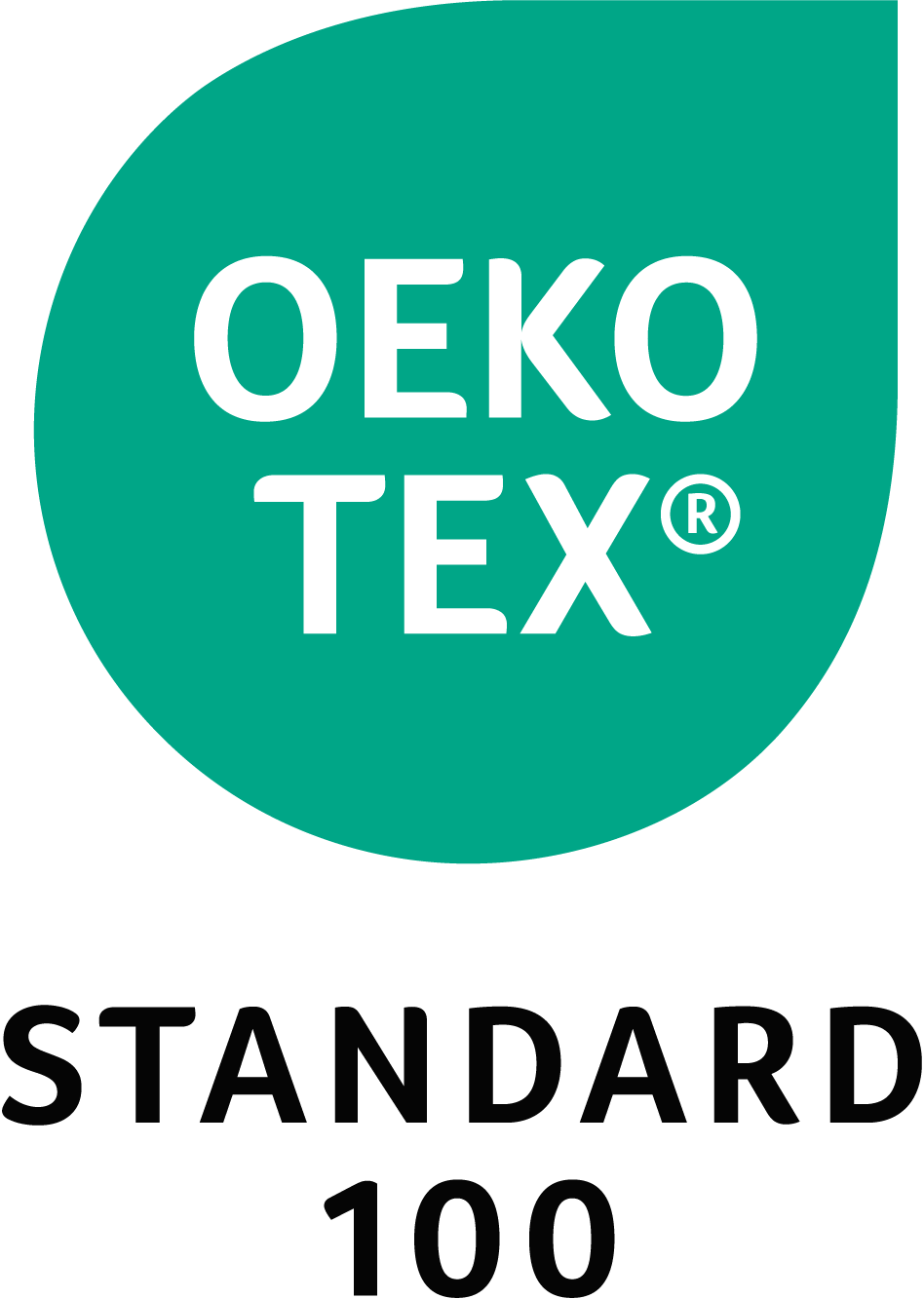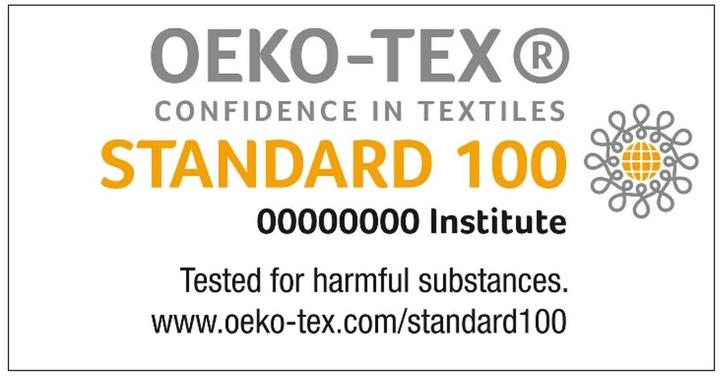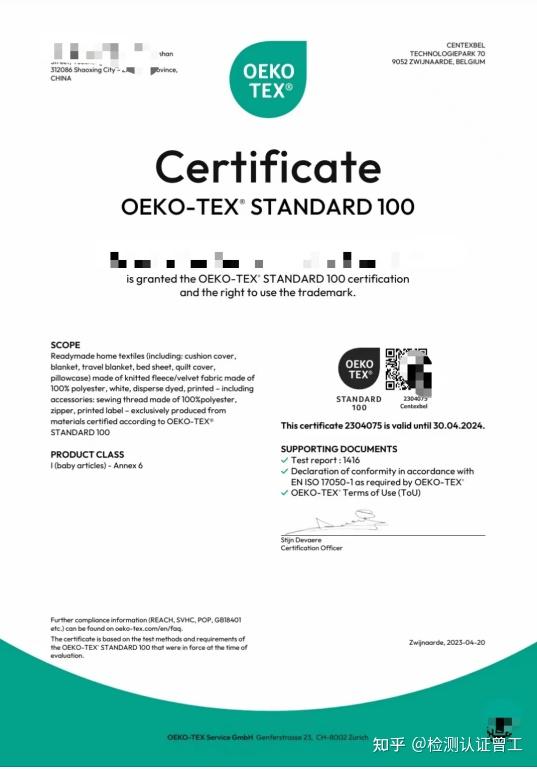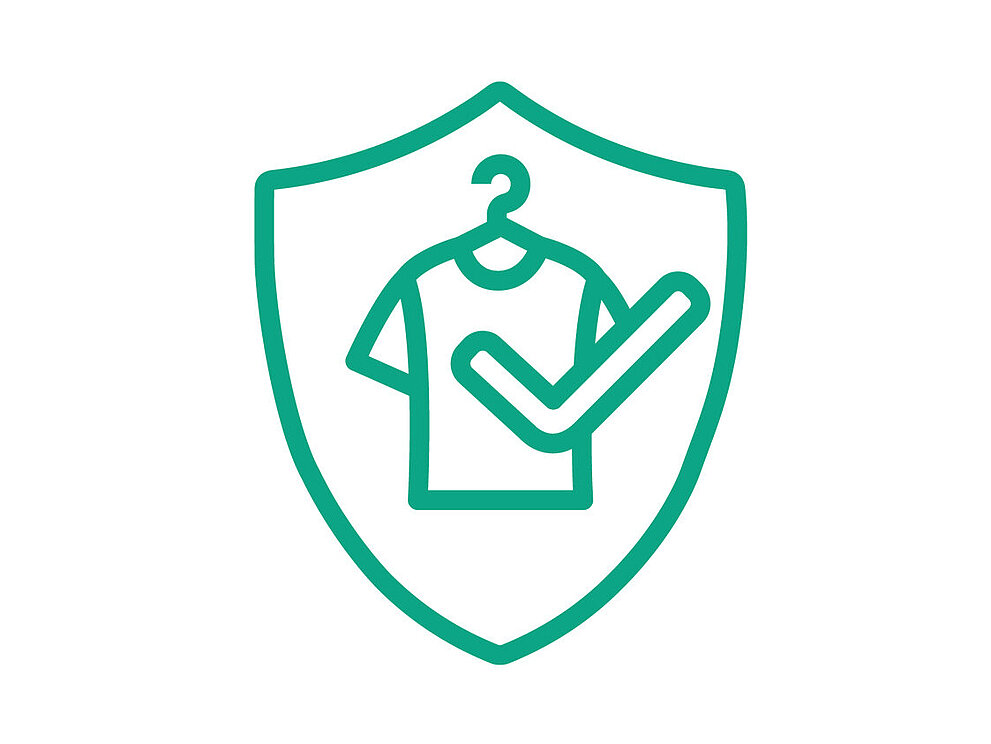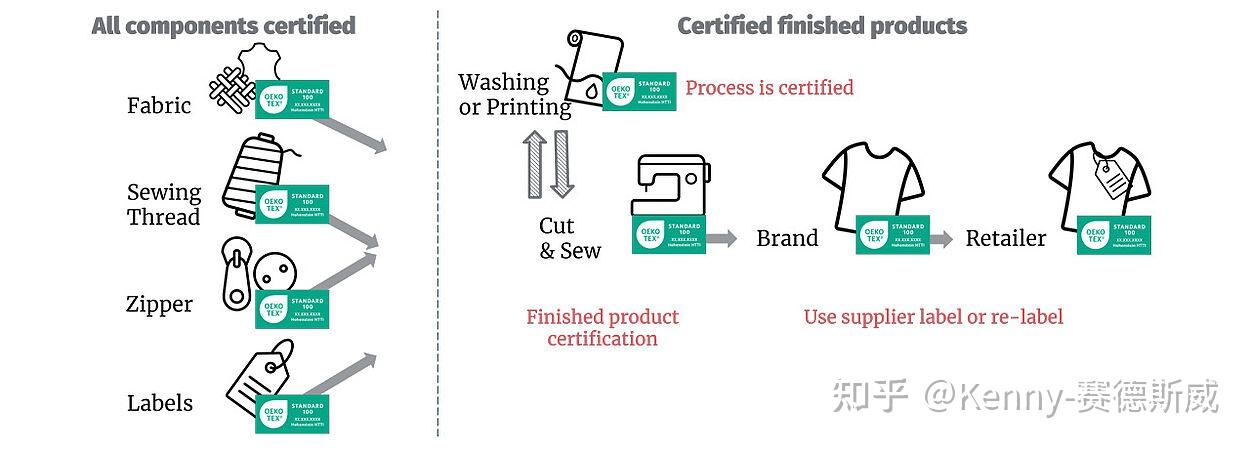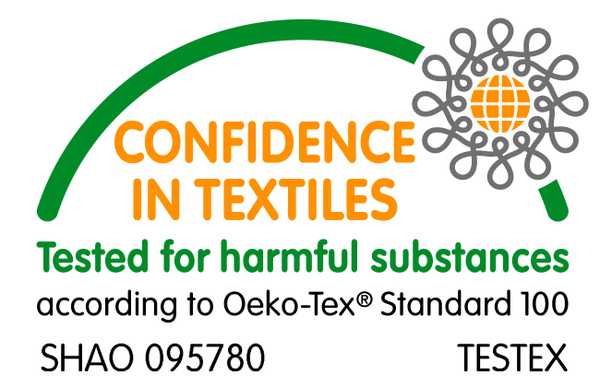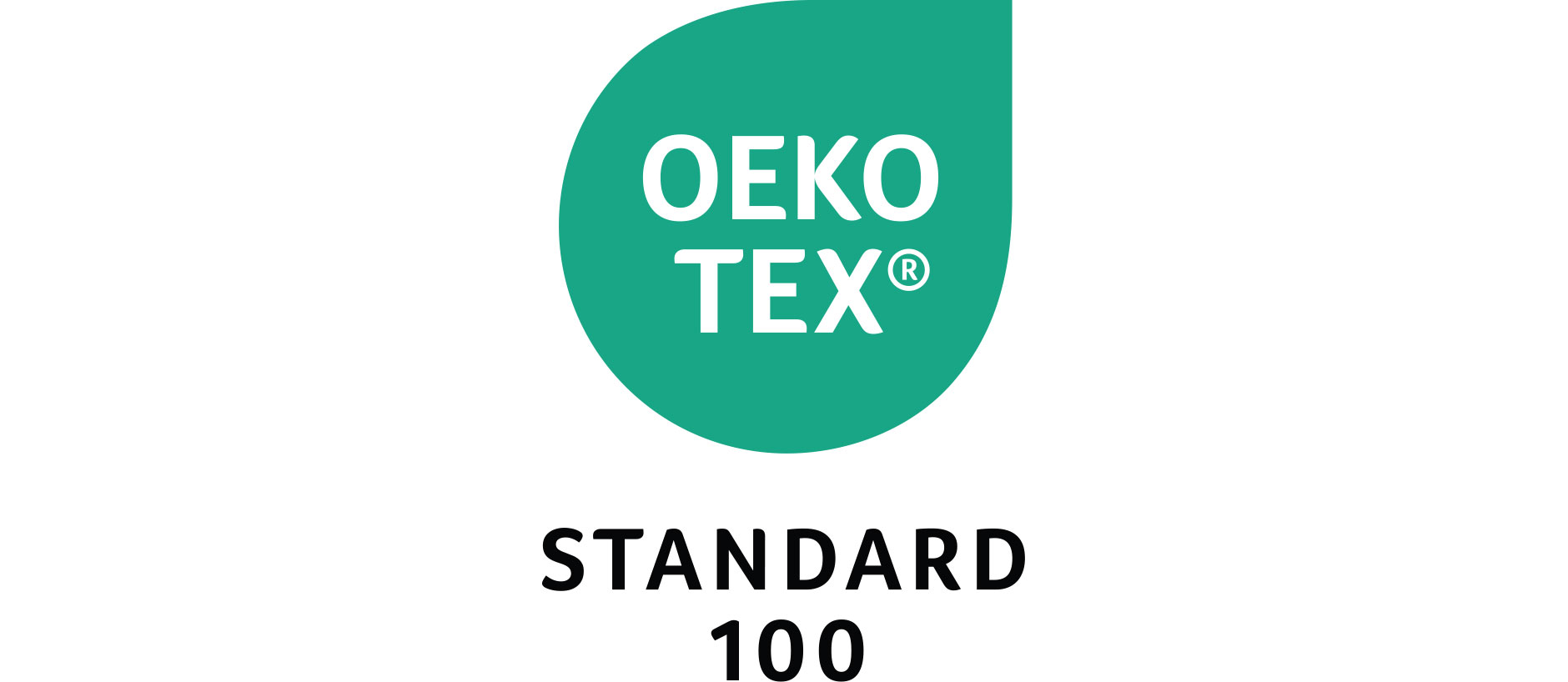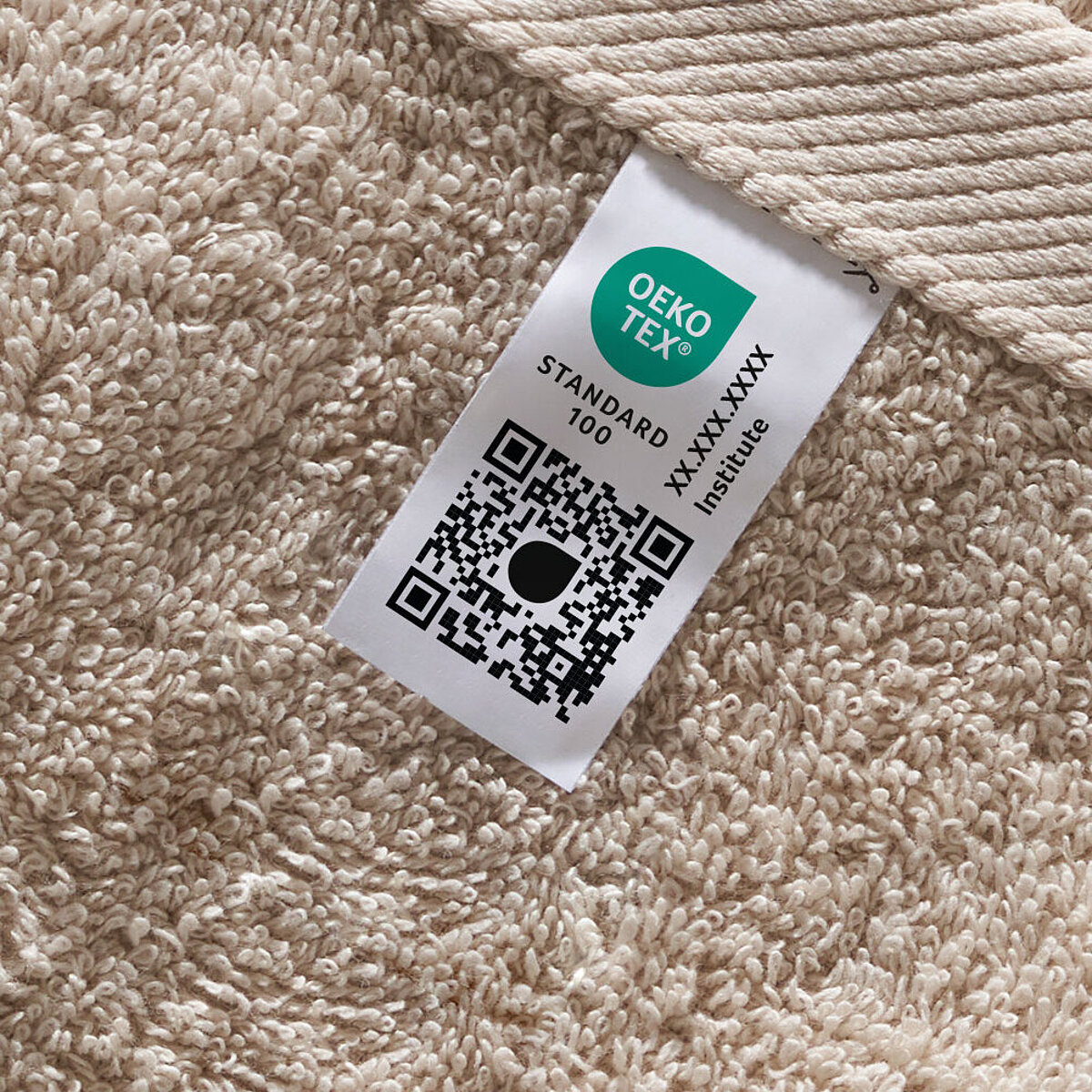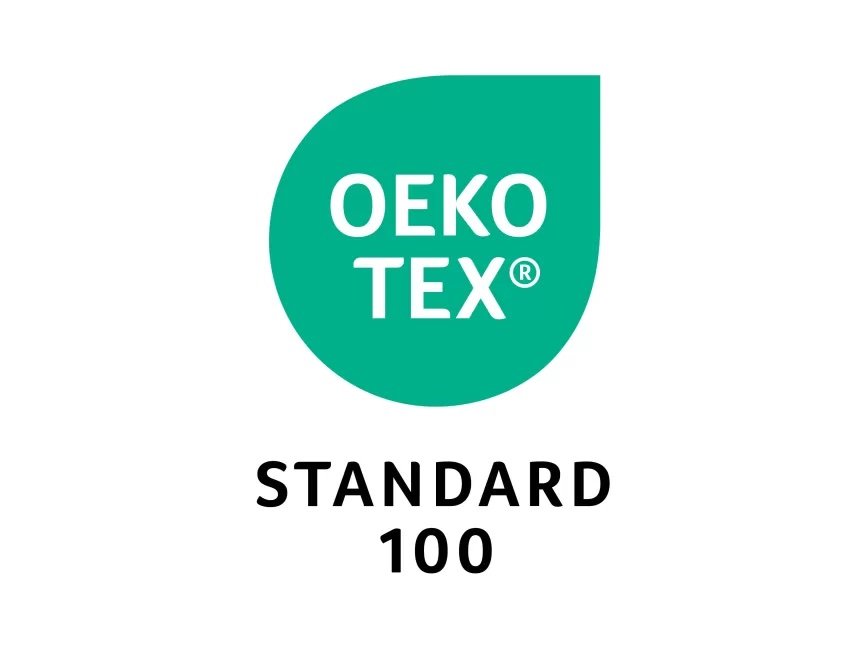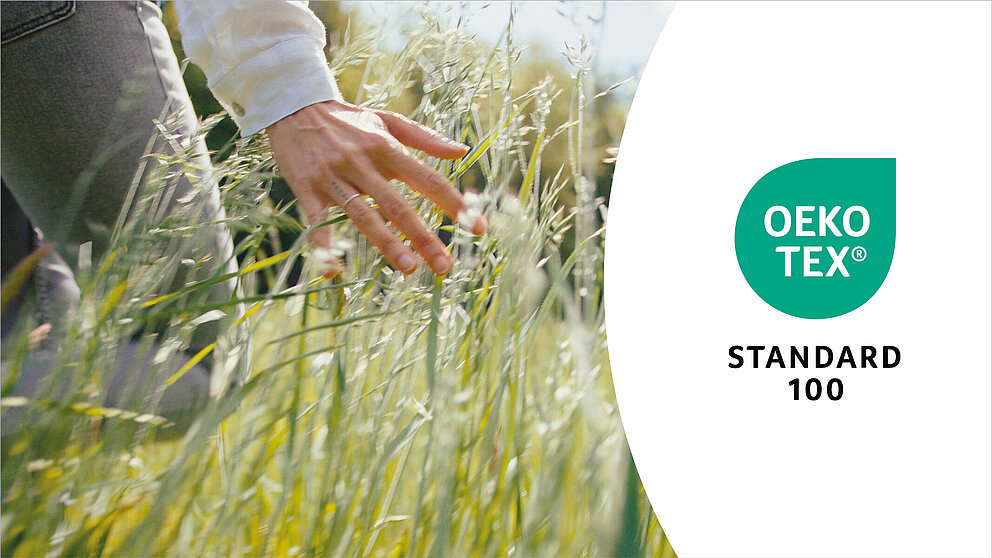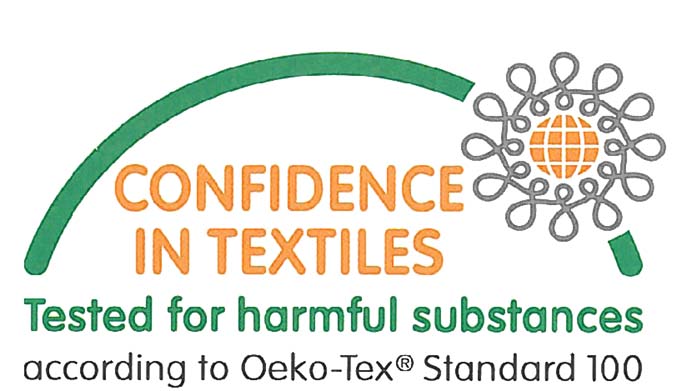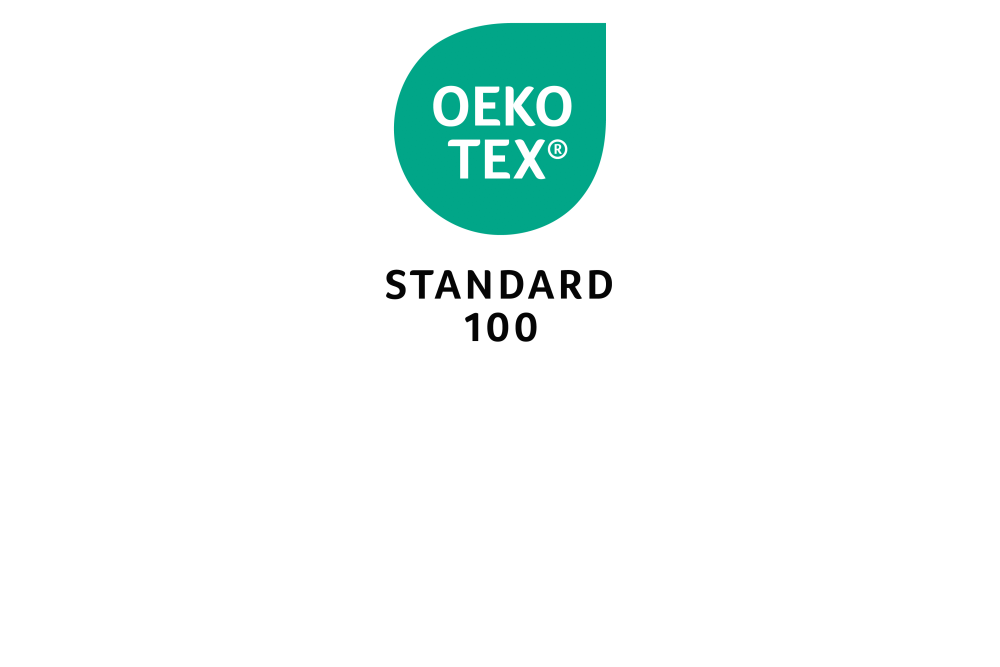Oeko Tex Standard 100 Washing Instructions

Consumers often rely on labels to guide their choices, particularly when it comes to textiles. Among the most recognized is the OEKO-TEX® Standard 100, a certification ensuring that textiles are free from harmful levels of over 100 substances known to be dangerous to human health. But understanding what the label means beyond safety and how to care for certified products can sometimes be confusing.
This article aims to clarify the recommended washing instructions for textiles bearing the OEKO-TEX® Standard 100 label, highlighting their importance for maintaining product integrity and consumer safety. Proper care not only prolongs the lifespan of your textiles but also helps preserve the benefits of the OEKO-TEX® certification.
Understanding the OEKO-TEX® Standard 100
The OEKO-TEX® Standard 100 is an independent testing and certification system for textile raw materials, intermediate and end products at all stages of processing. It focuses on limiting the use of harmful substances in textiles to protect consumers.
It's crucial to remember that the OEKO-TEX® certification doesn't inherently dictate specific washing instructions. Instead, it ensures that the textile components themselves are safe, irrespective of the care process.
Decoding the Care Label
The primary guide for washing instructions remains the textile's care label, often found sewn into a seam. These symbols and accompanying text, prescribed by organizations like Ginetex (the international association for textile care labelling), offer precise directions from the manufacturer.
These instructions are based on the specific fabric composition, dyes, and finishes used in the product's construction. Following the care label is paramount to avoid damage, shrinkage, or color fading.
Common Washing Symbols and Their Meanings
The care label utilizes a system of symbols to convey washing, bleaching, drying, and ironing instructions. A washtub symbol indicates washing; a triangle represents bleaching; a square guides drying; and an iron signals ironing guidelines.
Numbers within the washtub symbol specify the maximum washing temperature (e.g., 30°C or 86°F). Lines beneath the symbols often denote the level of gentleness required for the washing or drying cycle.
"Always prioritize the care label information provided by the manufacturer," stresses OEKO-TEX® in their guidance.
OEKO-TEX® and Sustainable Washing Practices
While the OEKO-TEX® Standard 100 doesn't mandate specific washing temperatures or detergents, it implicitly promotes sustainable practices. Choosing eco-friendly detergents and lower washing temperatures can minimize environmental impact.
Moreover, reducing the frequency of washing can also contribute to sustainability. Consider spot cleaning stains or airing out garments between washes.
Potential Impacts of Improper Washing
Deviating from the recommended washing instructions can have several adverse effects. High washing temperatures can cause shrinkage, color bleeding, and damage to delicate fibers.
Using harsh detergents or bleach can also degrade the fabric and potentially release residual dyes or chemicals. Although the OEKO-TEX® certification limits harmful substances, proper care minimizes any potential for release.
Maintaining Certification Integrity
It's important to note that improper washing doesn't automatically void the OEKO-TEX® certification. The certification applies to the product as it was originally manufactured, confirming it met the required criteria at the time of testing.
However, harsh washing conditions could potentially degrade the textile over time, affecting its overall integrity and possibly increasing the risk of substance release. Thus, following care instructions indirectly supports the longevity of the product’s safety benefits.
Conclusion
The OEKO-TEX® Standard 100 provides assurance that textiles are safe from harmful substances. While the certification itself doesn't dictate specific washing instructions, it's essential to follow the care label provided by the manufacturer.
By adhering to these guidelines, consumers can prolong the lifespan of their textiles, maintain their quality, and indirectly support the benefits of the OEKO-TEX® certification. Sustainable washing practices further enhance the positive impact by reducing environmental footprint.
Ultimately, understanding both the OEKO-TEX® Standard 100 and the textile's care label empowers consumers to make informed choices and care for their products responsibly.
